
Web Developers
Hudson’s Bay Company recently announced the deployment of a $60 million robotic fulfillment system in its warehouse in Scarborough, Ontario, in Canada. The Perfect Pick system can hold 1 million units of inventory and process 4,200 customer orders per hour. It has 15,000 feet of conveyors and 300 autonomous delivery vehicles for inventory storing and shipping.
Amazon led the way in terms of implementing robots with its $775 million purchase of robotics company Kiva Systems in 2012. The move by Hudson’s Bay represents a significant validation of robotics technology, as it is a traditional retailer that is justifying a substantial capital investment. Target, Kohl’s and Walmart are reportedly also experimenting with deploying robots in their stores and warehouses.
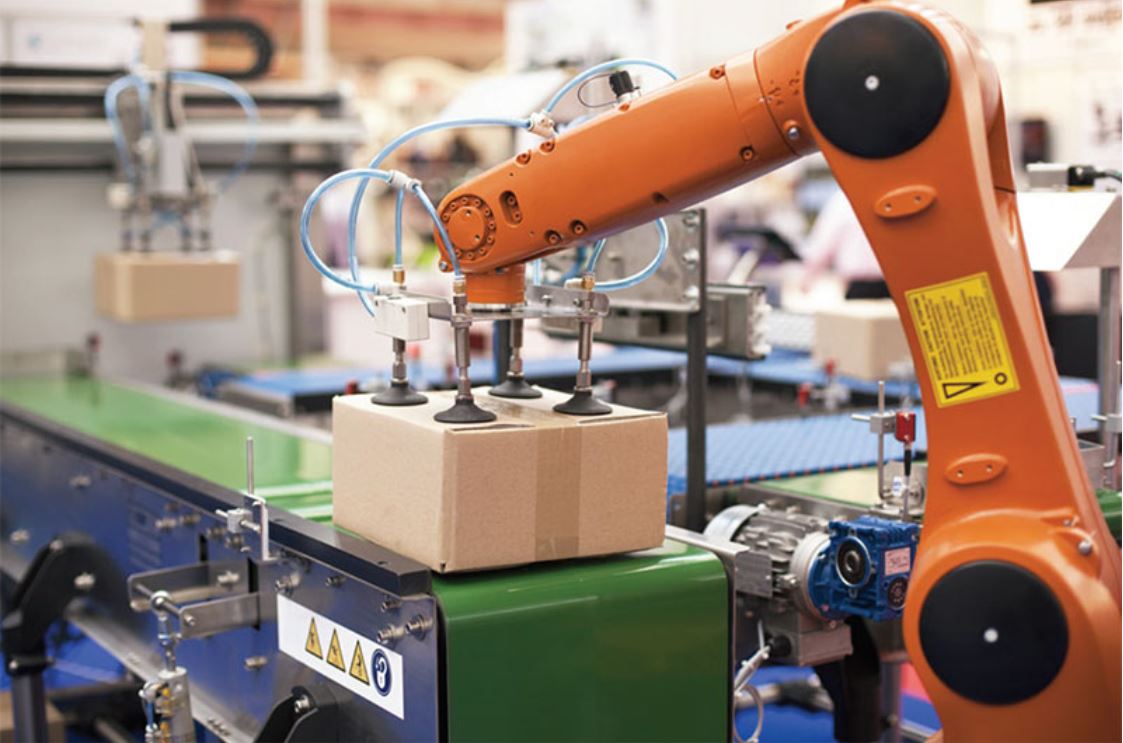

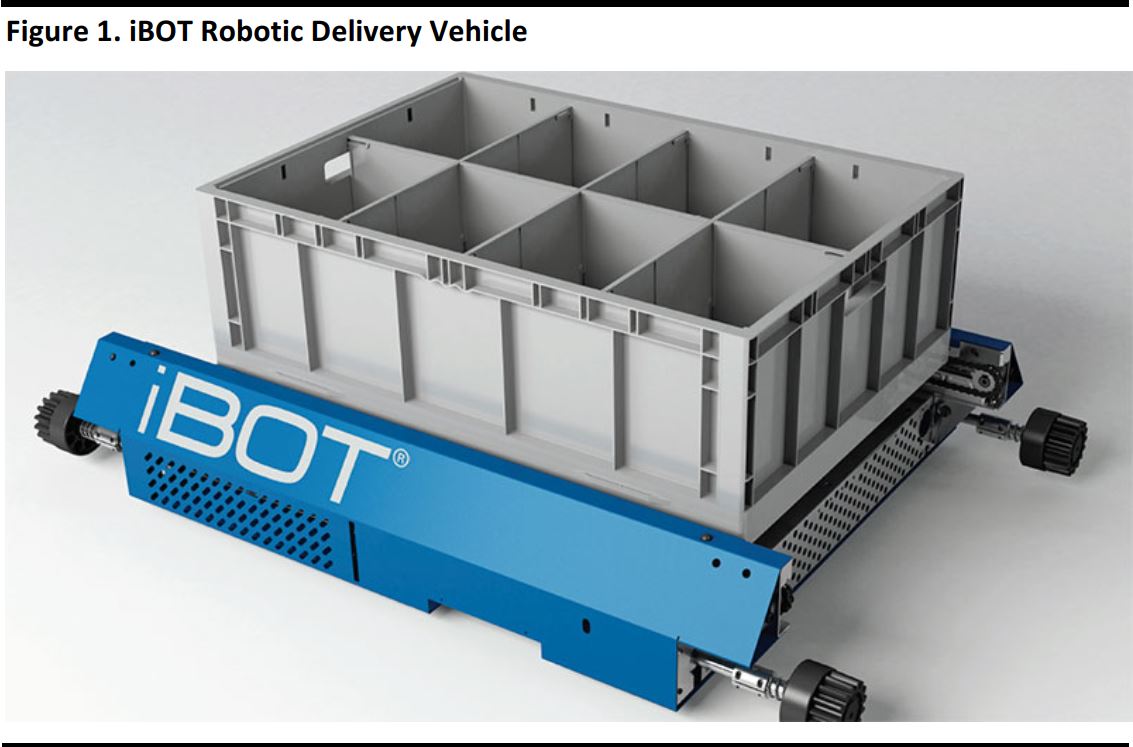

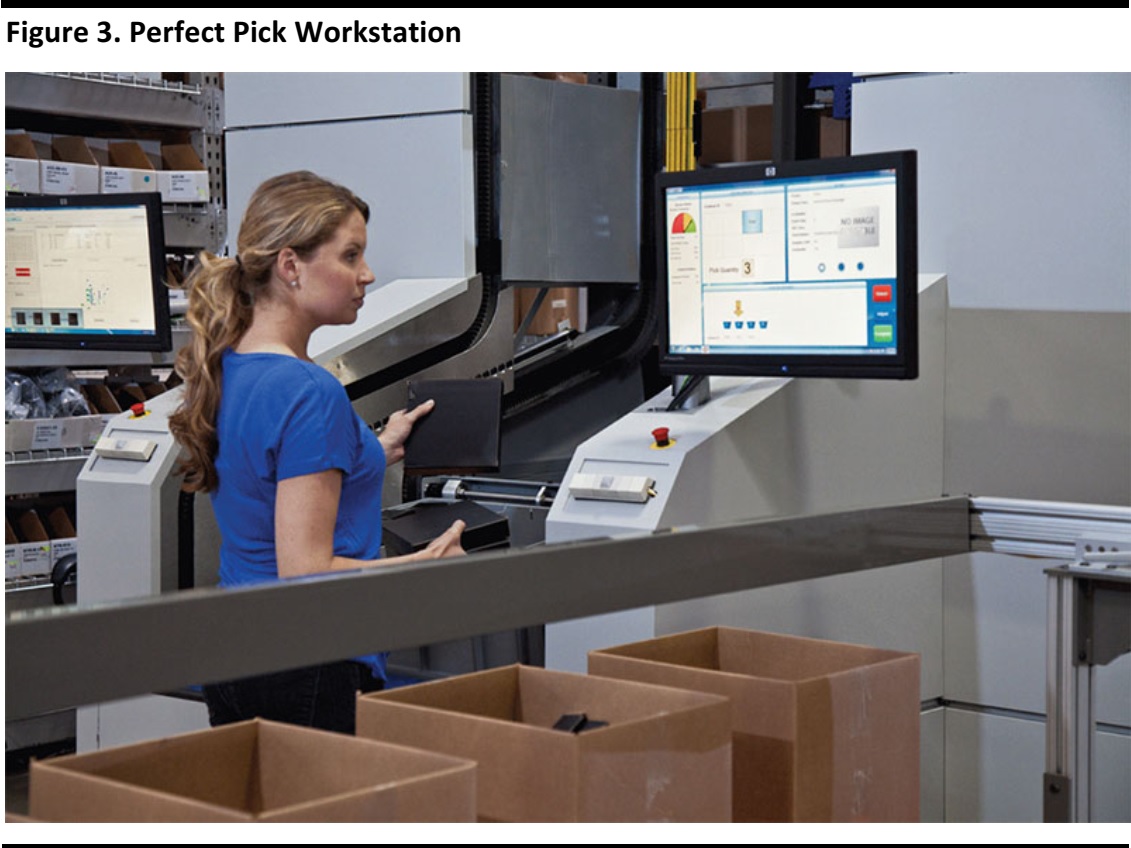
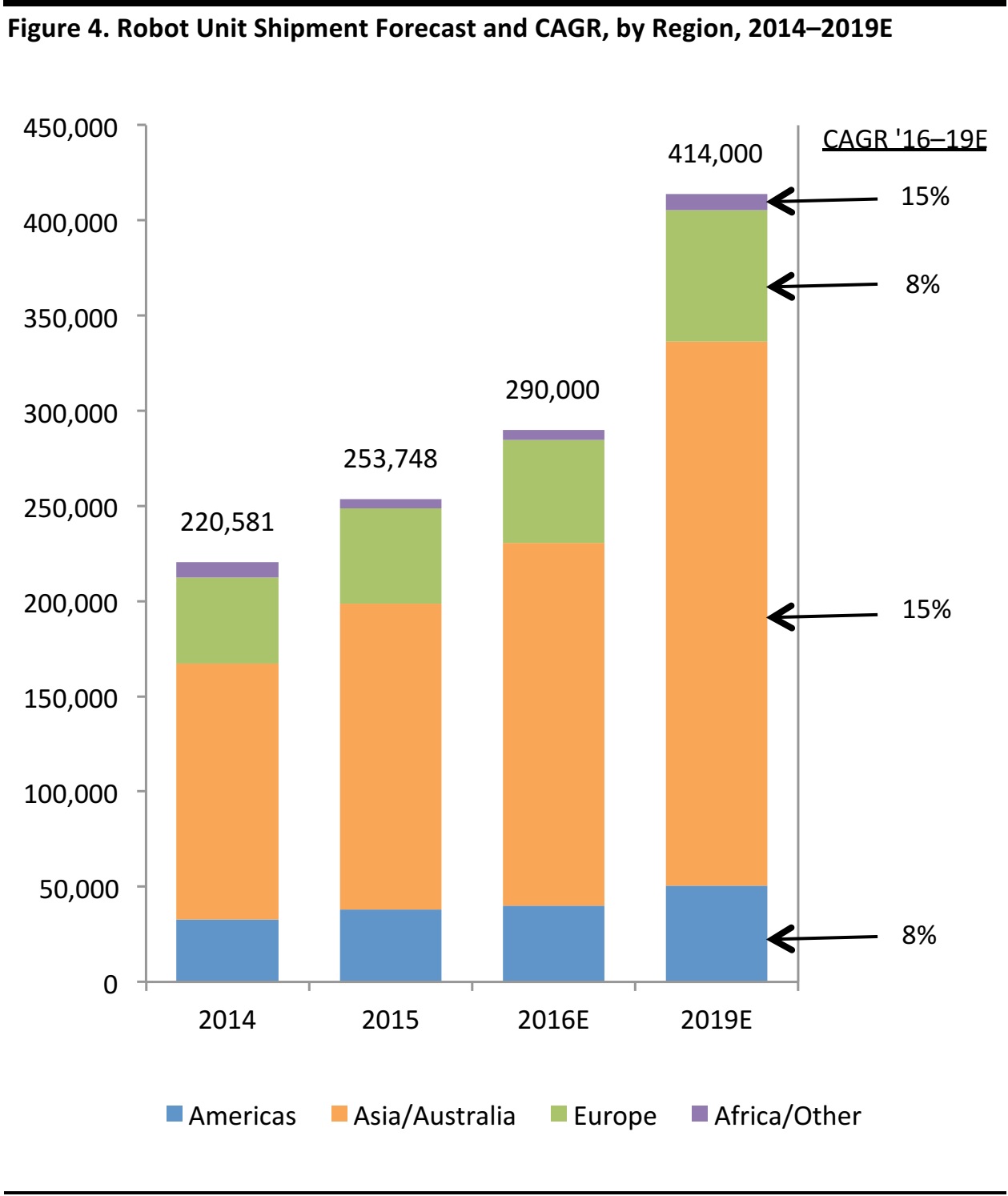
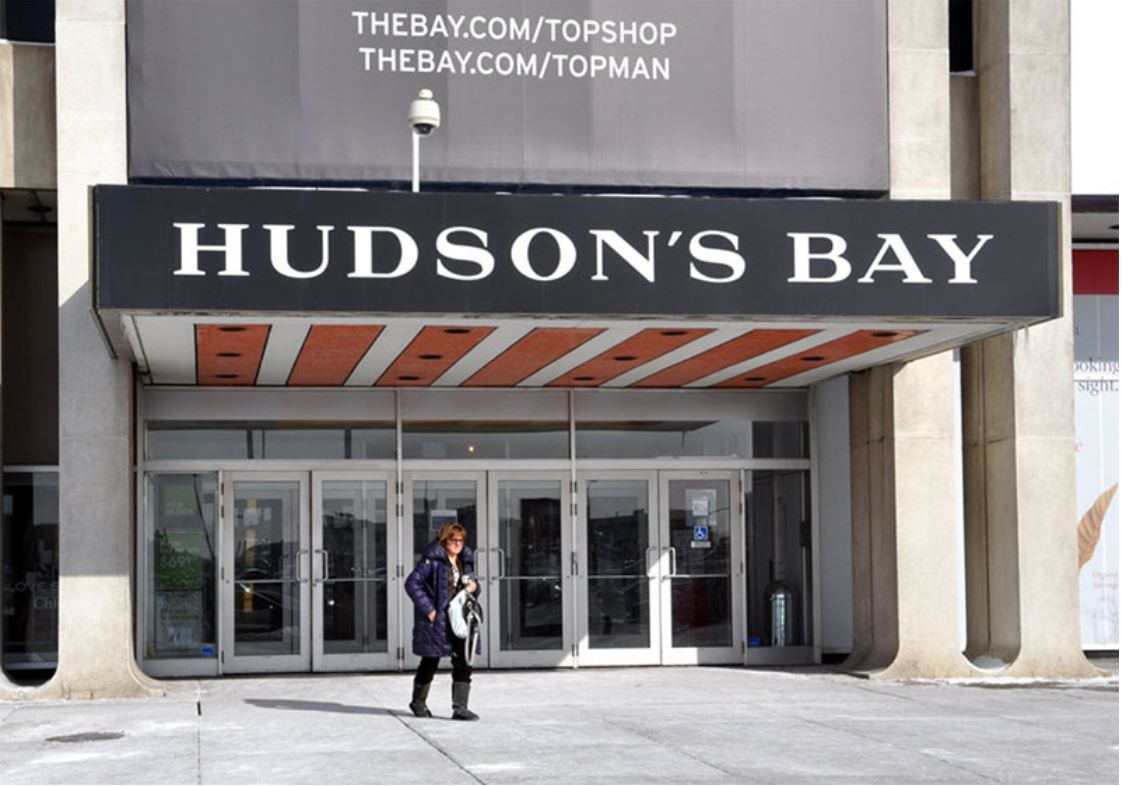

Source: Shutterstock
Details Of The Announcement
Hudson’s Bay recently unveiled the new robotic fulfillment system located in its 752,000-square-foot distribution center in Scarborough, Ontario. The company claims the system is the first of its kind in Canada. More than 300 full-time employees work at the Scarborough facility. Specifically, the company is using a Perfect Pick case shuttle system, which includes 16 aisles that are each 200 feet long and extend to the entire vertical height of the building. The system can hold 1 million units of inventory and process 4,200 customer orders per hour. It also includes two custom document-handling robots for processing packing lists, 15,000 feet of conveyors and 300 autonomous delivery vehicles for inventory storing and shipping. The total investment was in excess of $60 million.The Robotic Equipment
Perfect Pick is a warehouse-automation system offered by OPEX Corporation, which was originally a mail-processing division of conglomerate Kenco. The system is a self-contained, stand-alone point solution comprising modular, high-density racking units plus a fleet of autonomous robotic delivery vehicles—called iBOTs—which can access every storage location on an aisle both horizontally and vertically.
Source: OPEX
A Perfect Pick system has just three components: the iBOT robotic delivery vehicles, a storage rack and a user workstation. OPEX previously developed mail-sorting systems, and the iBOT (pictured below) is based on that technology. Powered by an ultracapacitor, the iBOT has the ability to move along the rack horizontally and vertically to deliver inventory directly to a workstation operator.
Source: OPEX Corporation
The Perfect Pick storage rack (pictured below) runs down both sides of an aisle in the warehouse. The rack contains 20" x 30" custom totes that can be divided into up to 12 storage cells. Its modular format enables flexible expansion.
Source: OPEX Corporation
The final component of the Perfect Pick system is an ergonomic workstation (pictured below), from which an operator directs the picking and putting operations.
Source: OPEX Corporation
Industry Background
Market research firm IDC forecasts that spending on robotics and related services will hit about $84 billion this year and grow at a 17% CAGR during 2015–2019. Spending in 2019 is forecast to break down roughly as 24% on systems, 24% on services and the remaining 52% on robotic hardware and software. In a separate forecast, the International Federation of Robotics predicts that shipments of robots will reach about 290,000 units this year. Dividing the $84 billion market size by the unit volume yields an average selling price of nearly $290,000. The graph below depicts unit shipments during 2014–2019E, and shows that Asia is the largest and fastest-growing major market (comprising more than 60% of the market, versus 15% and 21% for the Americas and Europe, respectively). Asia’s large share is primarily due to China’s deployment of 90,000 robots in 2016, which is expected to increase to 160,000 in 2019.
Source: OPEX Corporation
Conclusion
By making a $60 million investment in robotics technology in its fulfilment center, Hudson’s Bay is the first major traditional retailer to validate the economics of the technology, and the company’s move is likely to encourage other major retailers to take the plunge into warehouse robotics. Already, Target, Kohl’s and Walmart are reportedly also experimenting with deploying robots in their stores and warehouses.